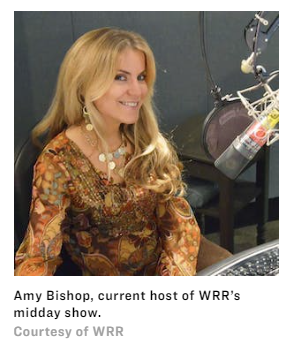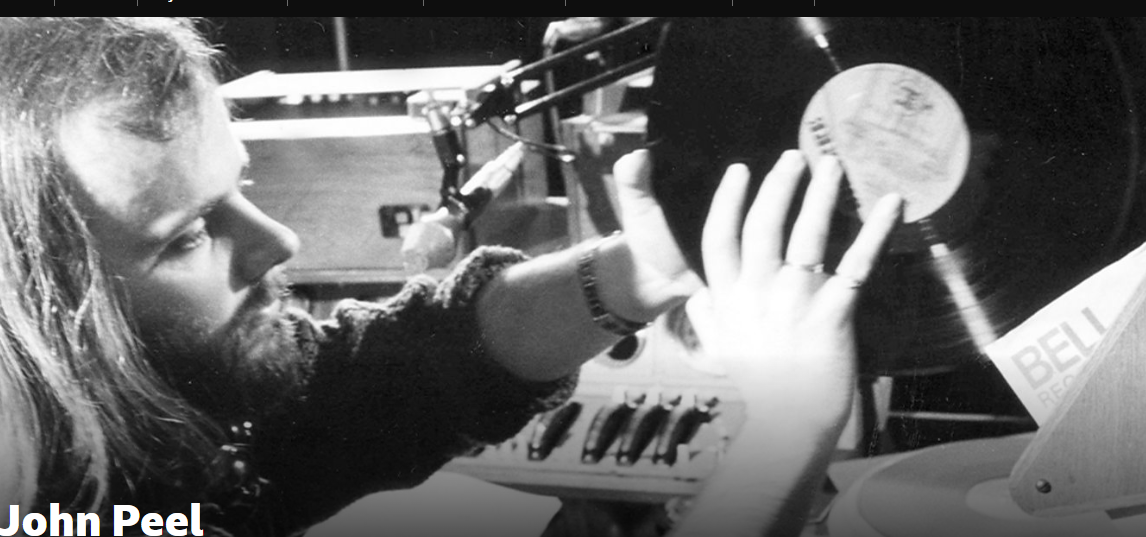When did RADIO start | Radio History
Radio History Documents
The first decade of FM broadcasting, starting in 1936 to 1946, occurred in the 42 – 50 MHz band.
The frequency band was changed to the current 88 to 108 MHz band in 1946. FM stations operating in the old frequency band were required to move to the higher frequencies and most did so before 1948.
But they never gained tracion as terresterial broadcasters untill the ’70s
“Spin those disks girl.”
Goes back to the days when Dj’s would send runners to the record vault to look for this album or song and waite for,”here it is or I can’t find it.”
Always, “SHIT, then go find this one.”
And they would put them on one of the station record players, and Spin those disks for their radio audience.
SPIN THOSE DISKS
Ever hear of Garrett media?
Assembling spare parts from garage radio enthusiasts, Garrett constructed a radio dispatch in the city’s central fire station. In 1921, WRR became the first licensed radio station in Texas and the second in the United States, airing emergency calls to police and fire vehicles.
In theory, you could have sat in your living room, listening to the soothing sounds of urgent crises on your radio. In practice, however, you didn’t have a radio unless you made it yourself. The golden age of radio, which by 1947 would turn 82 percent of Americans into broadcast listeners, wouldn’t really take off until the 1930s; WRR was a decade ahead of its time.
“There were only amateur radio stations up at the time,” Slate explains. “There were also no commercially produced receivers, so people were making radios out of anything you can find. There are accounts in the Dallas Morning News of people using things like old box springs, mattress springs, as antennas.”
There was ample free time between dispatch calls, so Dallas’s firefighters started to air their own banter. Garrett spun his classical records and even lugged a piano to the station so his teenage daughter, Letitia, could give a live concert.
Amy Bishop, current host of WRR’s midday show.

Courtesy of WRR
“The dispatchers were almost like the original disc jockeys,” says Amy Bishop, host of WRR’s midday show. “During the time when they didn’t have emergency communication, someone said, ‘Why don’t we start playing music?’ People started coming on telling jokes. Some enterprising person thought ‘Hey, we’re starting to reach more people, what if we could sell this time?’”
When the operation outgrew the fire station—and the antenna on top of city hall—it moved through a series of local hotels before landing permanently in Fair Park. In 1931, after a decade of format-sharing, the emergency dispatchers left for a less public frequency.
There was ample free time between dispatch calls, so Dallas’s firefighters started to air their own banter. Garrett spun his classical records and even lugged a piano to the station so his teenage daughter, Letitia, could give a live concert.
“The dispatchers were almost like the original disc jockeys,” says Amy Bishop, host of WRR’s midday show. “During the time when they didn’t have emergency communication, someone said, ‘Why don’t we start playing music?’ People started coming on telling jokes. Some enterprising person thought ‘Hey, we’re starting to reach more people,
WHAT IF WE COULD SELL AIR TIME?’”
Great idea!!!!
After World War II, WRR launched an FM station that stuck primarily to classical music, becoming all-classical in the 1960s. The AM side, meanwhile, slid into a no-format anything-goes carnival of pop, blues, comedy, variety shows Bishop calls “almost vaudeville,” news, live sports broadcasts (including the brand-new Cowboys, SMU basketball, and the now-gone Dallas Texans, Chaparrals, and Black Hawks), and some of Texas’s first traffic reports, aided by informants who literally sat on the roofs of tall buildings and called in what they saw.
WRR launched the careers of dozens of talented hosts—but, on a bureaucratic budget, it couldn’t afford to keep them. “We have a lot of correspondence going on back and forth saying we’ve got to pay people more money because we keep spending money training them and then they go on to other places,” says Kristi Nedderman, Dallas’s assistant archivist.
Those talents included John Peel, who was a DJ at the BBC for more than three decades; Jim Lowe Jr., who boldly programmed hours of Black blues musicians like John Lee Hooker and Muddy Waters in the early fifties (his teenage listeners included Jimmie and Stevie Ray Vaughan); and Frank Glieber, who later called play-by-play for the Texas Rangers and whose wide frame acquired the station nickname “Round Mound of Sound.”
In December 1970, WRR hired Brad Sham, then 21 and now the longtime radio voice of the Dallas Cowboys. It was his first job in radio, and it paid $600 a month.

“It’s the quirkiest and in some ways most interesting place I’ve ever worked,” Sham says. “What I didn’t know was how unusual a place it was. It was a great place for me because I probably got opportunities to do things faster than I would have almost anywhere else.”
John Peel BBC
Jim Lowe at the radio station in the 1950s.
Dallas Municipal Archives

fy3qse
aj5cwb
9bby8z
ly9olj
j3owte
5604fe
f2evi3
o1syjs
mzvdco
6ecdml
w8vtnw
t8ha9p
3wusl9
c35j64
ec0iv9
qdr1so
hdoj6m
k0y3m3
hekha8
tsmxqy
2z2a6n
The all-in-one hosting and anti-bot cloaking bundle turns solo operators into full-fledged syndicates overnight.
b8qbxx
Can you be more specific about the content of your article? After reading it, I still have some doubts. Hope you can help me.
Copa do Mundo
Série A do Campeonato Brasileiro
Campeonato Brasileiro
Seleção Brasileira
Estatísticas
Futebol Internacional
Jogadores Estrelas